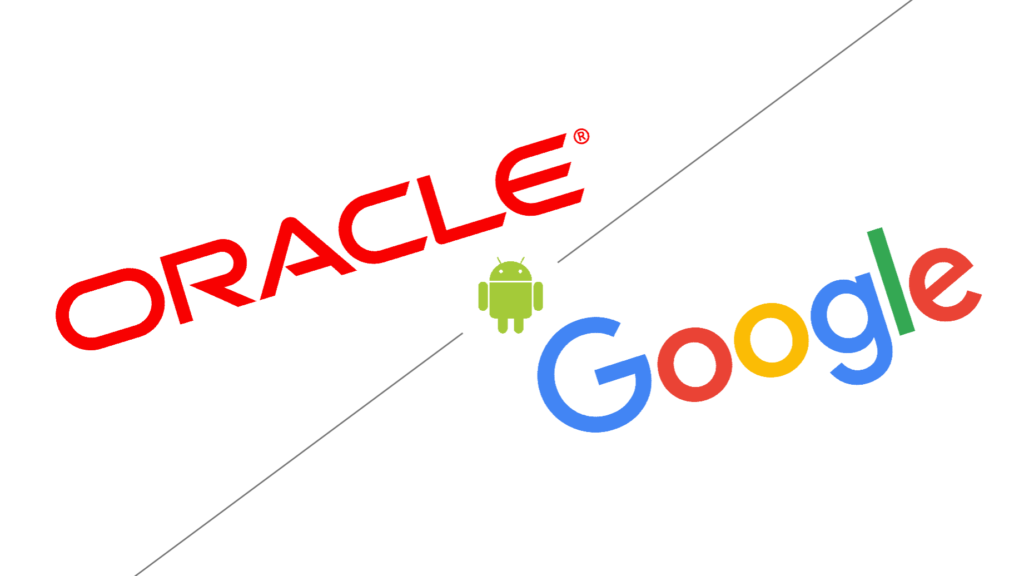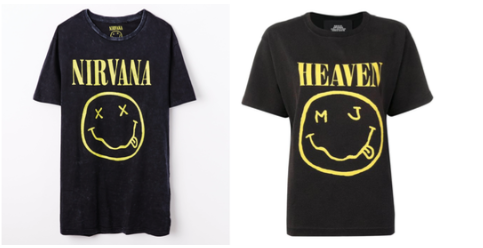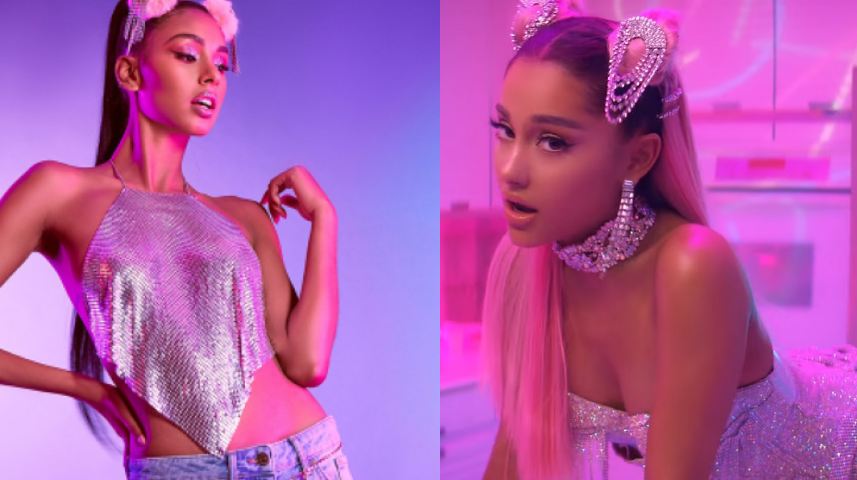Can an advertising agency’s copyright infringement claim regarding a Super Bowl commercial survive Pepsi’s motion for summary judgment?
In 2016, Betty, a boutique advertising agency, filed a lawsuit in the Southern District of New York against Pepsi for copyright infringement, breach of contract, unjust enrichment, conversion, and unfair competition. Betty claimed that Pepsi’s 2016 Super Bowl halftime commercial was stolen from their idea. A few months ago, Pepsi filed a motion for summary judgment, which the court recently granted.
Starting in 2012, Pepsi has been the title sponsor of the Super Bowl halftime show and will continue to do so it until at least 2022. The halftime show is usually elaborate, featuring recurring themes and celebrity performances and appearances. In 2016 alone, as reported by the Nielsen Company, approximately 115.5 million people watched the Super Bowl halftime show. However, this number does not take into account those viewers that watch at bars and restaurants, or those who stream the game and show online. As such, the commercial leading into the Super Bowl halftime show is an extremely high-profile spot, to which Pepsi devotes considerable attention and concern.
In 2016, Pepsi sought and received proposals for this Super Bowl halftime commercial. Betty was one of fourteen agencies that proposed ideas. Betty submitted at least eight proposals to Pepsi, one of which was titled “All Kinds/Living Jukebox,” and followed the premise of various scenes that seamlessly transition through musical styles spanning different eras. Moreover, Betty proposed the viewer travels through the various rooms with a hero character, which was presented as potentially being a single powerful performer for all musical renditions. In submitting these proposals, Betty provided Pepsi’s team with its branded USB drives to keep for further review. Pepsi ultimately rejected Betty’s idea and went with a different agency, which produced a show that included singer, Janelle Monae, dancing through three different rooms, each of which represented a different musical era, including the 50s, the 80s, and the 90s.
Once the Super Bowl aired, Betty filed its lawsuit against Pepsi claiming copyright infringement. Betty claimed that Pepsi’s pre-halftime show commercial was based on the idea that they pitched to Pepsi in October 2015. In its complaint, Betty claims to be the sole author of the “All Kinds/Living Jukebox” advertising storyline and that the same is subject to a federally registered copyright. Betty also claims it has been damaged by Pepsi’s unauthorized use of its storyline “by not receiving fair market value compensation” for its intellectual property and “by not receiving the public acclaim it rightfully deserves for its work.”
A few months ago, Pepsi moved for summary judgement, which basically means Pepsi desired for the court to make their judgement without proceeding to a full trial. In order to prevail on a motion for summary judgement, the moving party must show that there is no genuine dispute and that the movant is entitled to judgement as a matter of law, meaning a jury would not render a different verdict. If there exists any triable issue of fact, a motion for summary judgment should be denied.
In its motion, Pepsi argued that any similarities between Betty’s proposal and the final halftime show were merely broad concepts of a musician moving through different scenes and that such broad concepts are unprotectable. In the United States, copyright law protects “original works of authorship fixed in a tangible medium” and applies to a variety of intellectual works, both published and unpublished. The parties do not dispute that Betty obtained a valid copyright for its written presentation of the “All Kinds/Living Jukebox” advertisement. Instead, this dispute centers around whether Pepsi copied Betty’s protected material. In this manner, Betty asks the court to infer Pepsi’s copying from Pepsi’s access to Betty’s pitch material and the alleged substantial similarity between the halftime commercial and said pitch.
Because there is no doubt that Pepsi had access to Betty’s proposal, for Betty’s claim to succeed, there needs to be substantial similarity between Betty’s protectable expression and the Pepsi commercial. After reviewing briefs of the parties and hearing oral arguments, the court granted Pepsi’s motion for summary judgement. In so doing, the court found that copyright does not protect ideas, but rather the expression of ideas. The court also noted that the Pepsi advertisement was different from Betty’s proposal in “overall concept, feel, settings, themes, characters, pace and sequence.” Betty’s proposal evoked a dark and moody concept and feel, while Pepsi’s commercial takes place in bright rooms featuring pop music of different eras, and a pop version of “The Joy of Pepsi.”
Betty also asserted that there is substantial similarity because the written materials it submitted to Pepsi propose a jukebox and the Pepsi halftime commercial opens on a jukebox. The court was not persuaded because Betty’s sole reference to a jukebox is the title of its proposal, “Living Jukebox.” The court held that the title is merely an idea, which cannot be protected as a copyright until or unless it is created into a fixed and tangible medium. In addition, a previous Pepsi advertisement, titled “Diner,” featured a jukebox, so no inference of copyright could be drawn.
Overall, the court found there to be “few, if any similarities, between Betty’s protected pitch materials and Pepsi’s halftime commercial,” and that to the extent any similarities exist, they arise from non-protected elements, such as ideas, scenes a faire, and Pepsi’s prior work. Most recently, Betty has filed a motion for reconsideration of the court’s summary judgment order, in response to which Pepsi has sought (and been granted) additional time to oppose.
Read More









